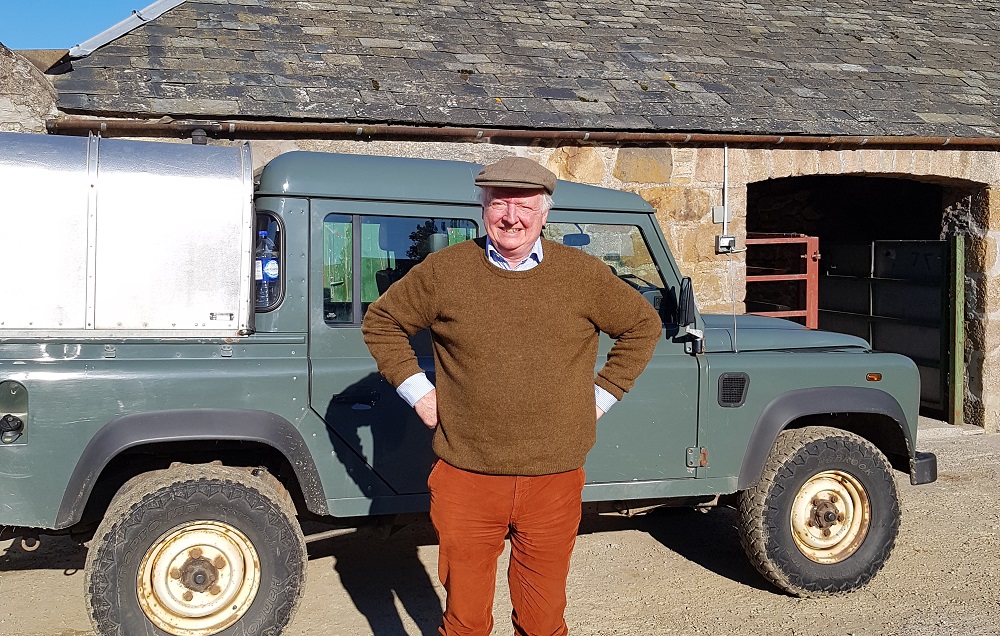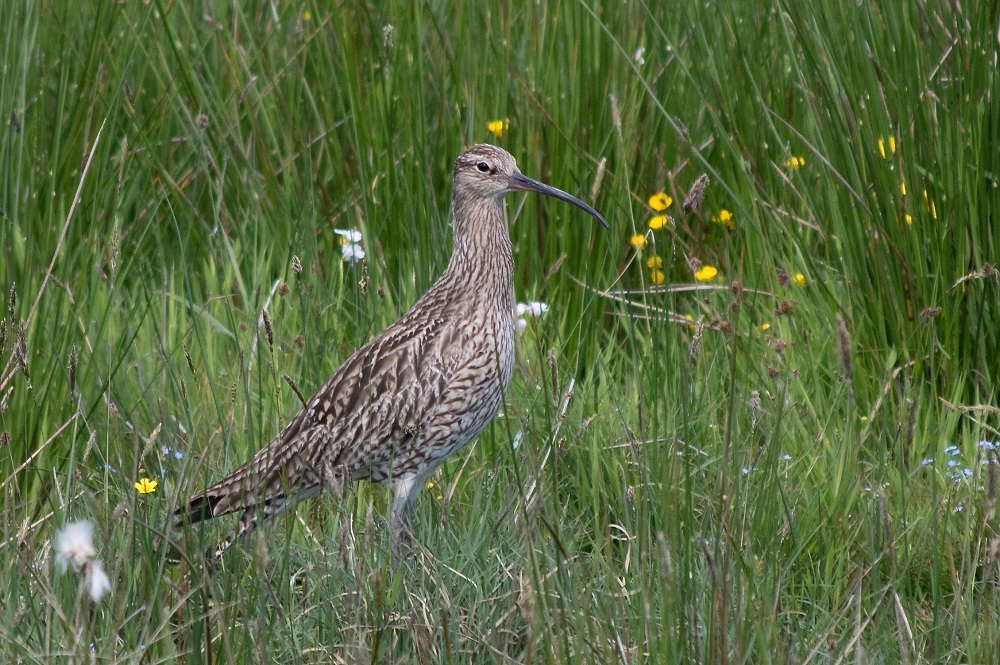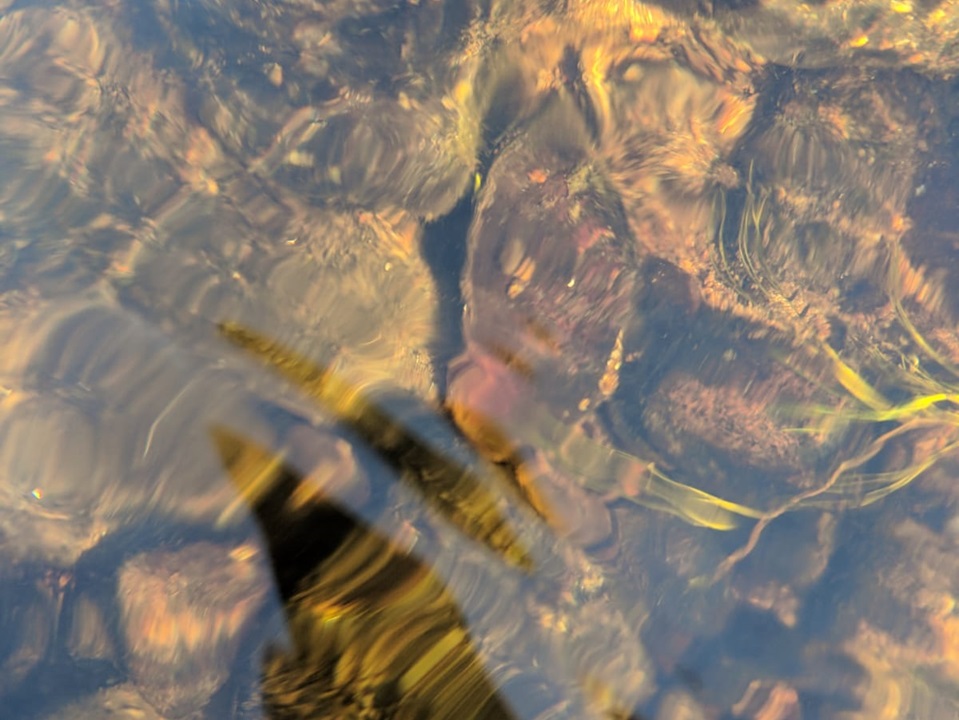- Soil Association
- Our work in Scotland
- Scotland farming programmes
- Resources for farmers
- River management and peatland restoration
- Benefits of on-farm peatland restoration

The benefits of on-farm peatland restoration
Farmer Malcolm Hay talks about the benefits of restoring peatland, such as preventing livestock loss and improving water quality
- Malcolm Hay says peatland degradation had led to black loss, when sheep fell into trenches created by silent erosion.
- Scottish Natural Heritage undertook the peatland restoration work at Edinglassie as a flagship project in 2015.
- Restoring peatland restores vital wildlife habitats, as well as water quality for drinking water and fishing.
- Peatland restoration needs to happen on a big, catchment scale.
 Picture: Malcolm Hay of upland sheep and livestock farm Edinglassie.
Picture: Malcolm Hay of upland sheep and livestock farm Edinglassie.
Restoring peatland has huge benefits, including carbon storage flood prevention and habitat restoration. It’s also crucial to Scotland’s mission to reach net zero by 2045. Since 2012, the Scottish Government has been funding Scottish Natural Heritage-led project Peatland ACTION, which has restored some 15,000 hectares of peatland so far.
Malcolm Hay of upland sheep and livestock farm Edinglassie, near Huntly in Aberdeenshire, applied for a peatland restoration grant. He says sheep would fall into trenches caused by peatland degradation. “We wouldn’t even know what had happened to them,” he says. Many of those trenches started life as 10-inch drainage ditches, but through ‘silent erosion’ some have become caverns that can be 10 feet deep. Farmers sometimes call the sheep and even cattle they lose down these holes ‘blackloss’.
Wild bird chicks are also lost to the dark, costing conservation efforts and the sporting industry. Curlew are ‘red listed’ by conservationists – many parts of Scotland have lost more than two thirds of their curlews since 1994, and the loss of peatland habitats has been a driving force in this decline.
 Picture: Loss of peatland habitats has meant that many parts of Scotland have lost more than two thirds of their curlews since 1994. CREDIT: RSPB images.
Picture: Loss of peatland habitats has meant that many parts of Scotland have lost more than two thirds of their curlews since 1994. CREDIT: RSPB images.
Peatland restoration is good for livestock and wildlife
In 2015, Scottish Natural Heritage undertook the work at Edinglassie as a flagship project. “They went in with diggers, blocked up the gullies, got the vegetation back into the bare ground,” he explains. “They spread brash to reseed with Sphagnum moss and heather so the soil wouldn’t blow away. They installed fencing to prevent snowdrifts and stabilise windswept areas. You can’t even see now where the trenches were. We can put the sheep out now and know they won’t disappear.”
The harsh, low nutrient soils of peat bogs support unique plant biodiversity such as Sun Dew, Bog Bean and many species of Sphagnum moss, which support wildlife. Restoring peatland involves planting Sphagnum moss, which stores water and provides habitat for crane flies that wading bird chicks love to eat.
Peatland restoration is good for fish and water quality
Rainwater rushing over barren uplands washes degraded peat straight into rivers, which is a multi-fold problem for fish, farmers and the water system. Peatland particles in the water must be removed for us to be able to drink it, which costs the water companies millions of pounds a year in treatment.
“There’s a huge impact on migrating fish, too,” says Malcolm. “The peat particles go into the small burns that go to the Deveron river and then into the sea. They affect visibility so the juvenile fish can’t find food and they damage their gills, causing infection and disease.”
 Picture: Dark-coloured, peaty water is an indicator of degraded peatland. CREDIT: Carol McConachie.
Picture: Dark-coloured, peaty water is an indicator of degraded peatland. CREDIT: Carol McConachie.
Restoring peatland involves filling in the ditches and building peat dams, which helps ‘re-wet’ the damaged, dry peat. “Adding the peat dams raises the water levels in the ditches and slows the water flow,” says Farming and Conservation Advisor Sandra Stewart. “This improves natural flood management by preventing flash flooding, for example. The pools created support amphibians, dragonflies and other pollinating insects.”
Because water travels over a large area, restoration at a catchment level is crucial. “There are district-wide benefits to doing peatland restoration, but it doesn’t really work unless everybody does it,” says Malcolm. “It’s about fixing a massive, human-made scar. And sometimes, there’s more to life than economic return.”
